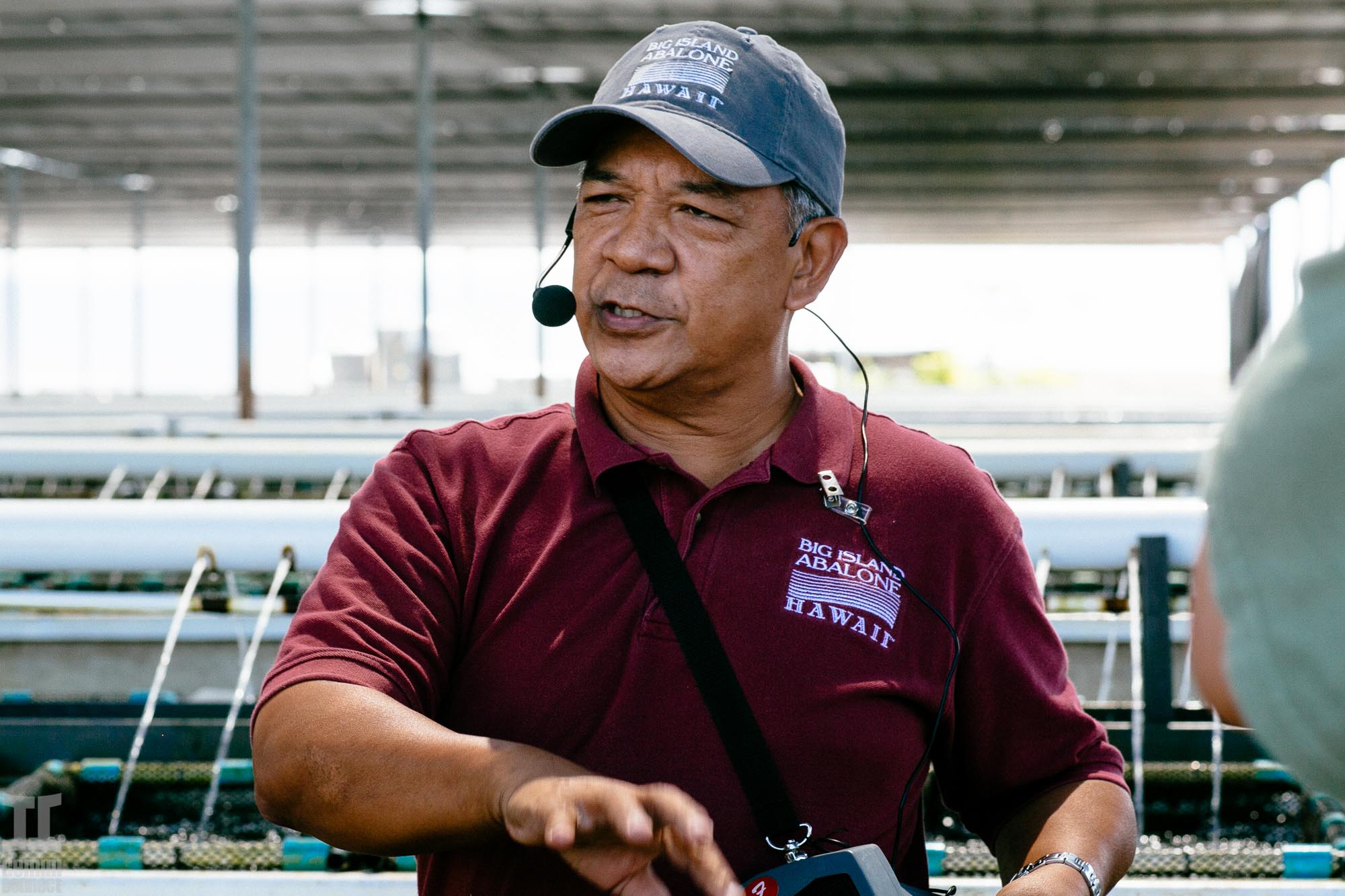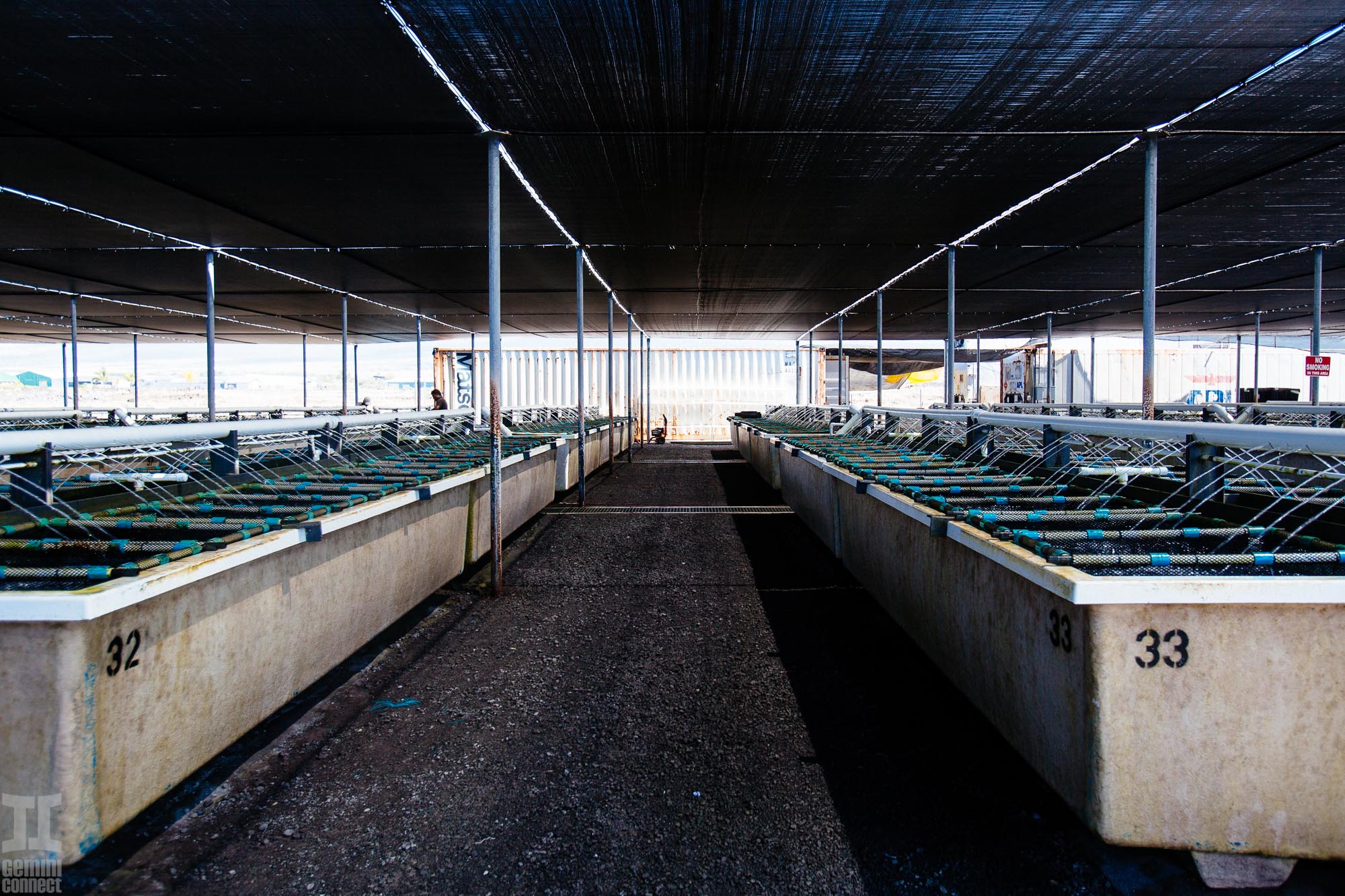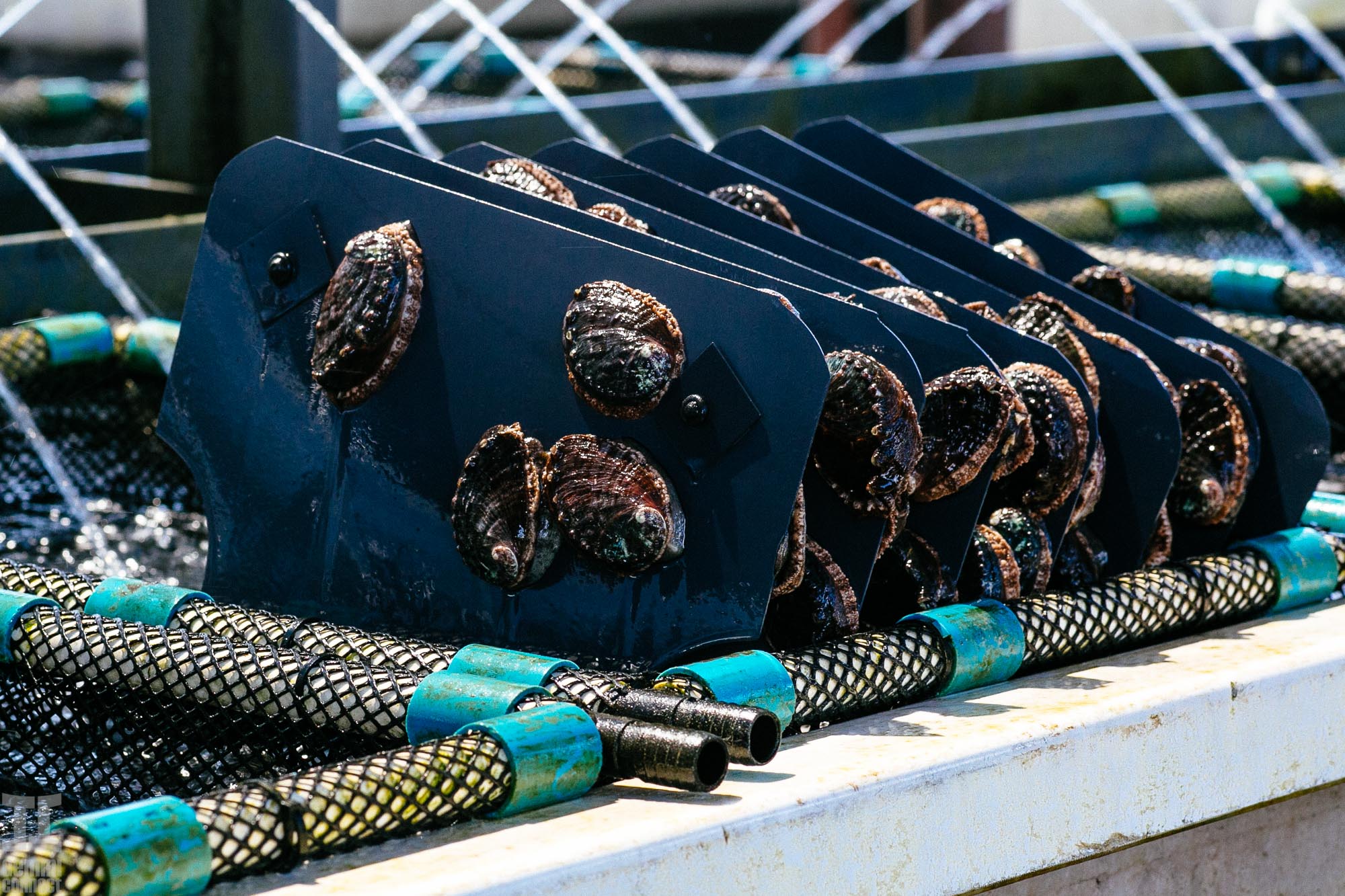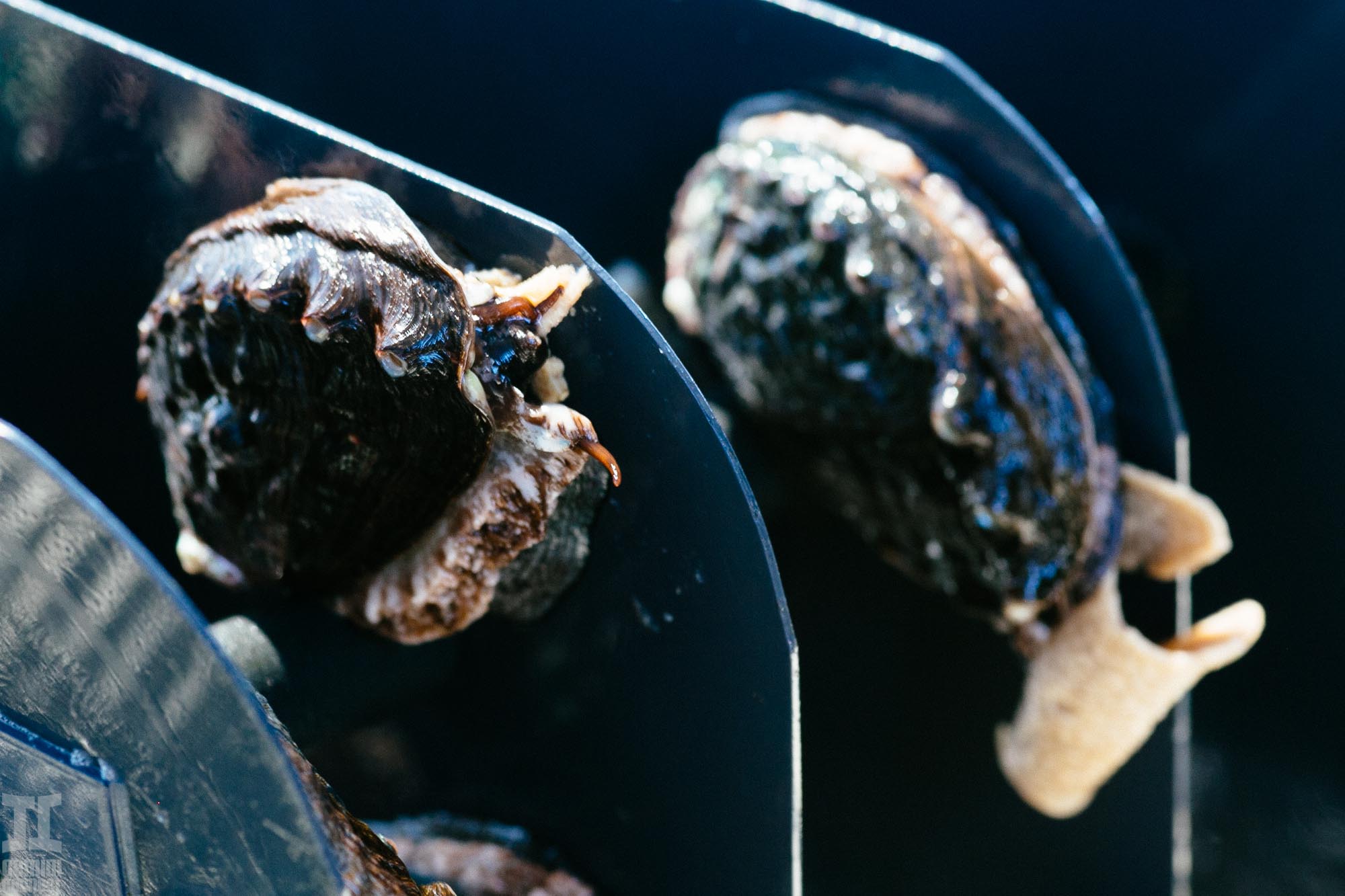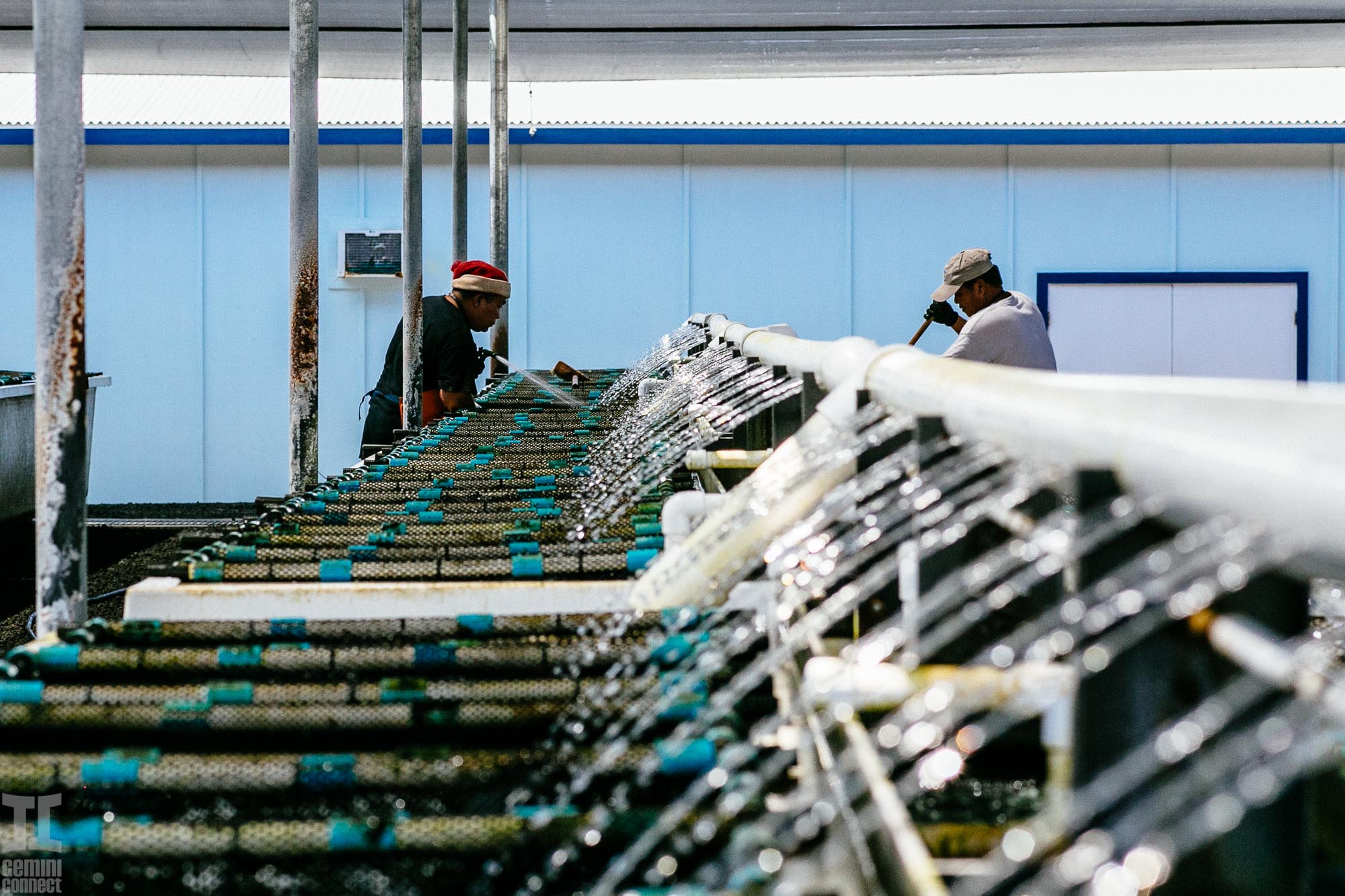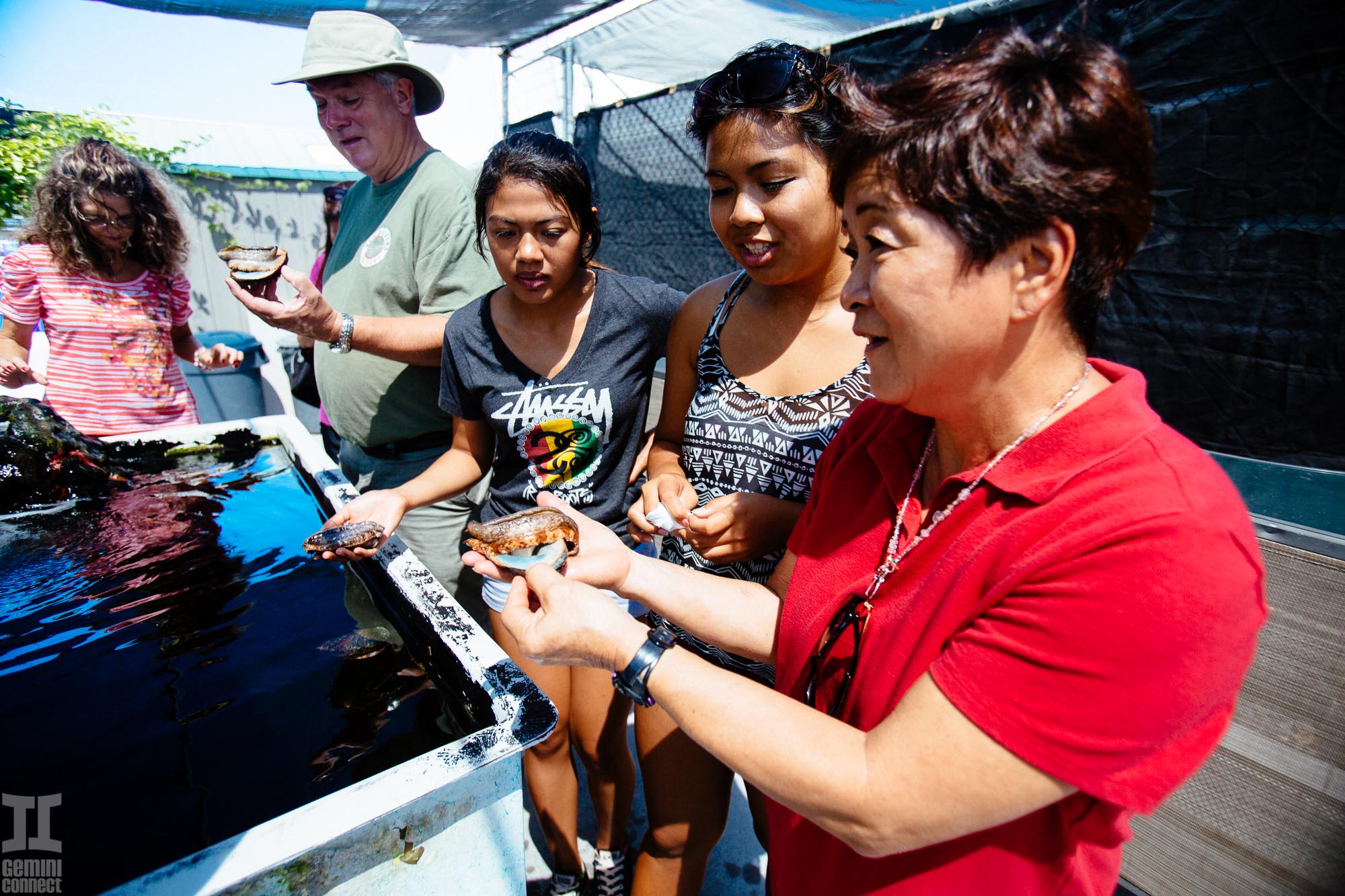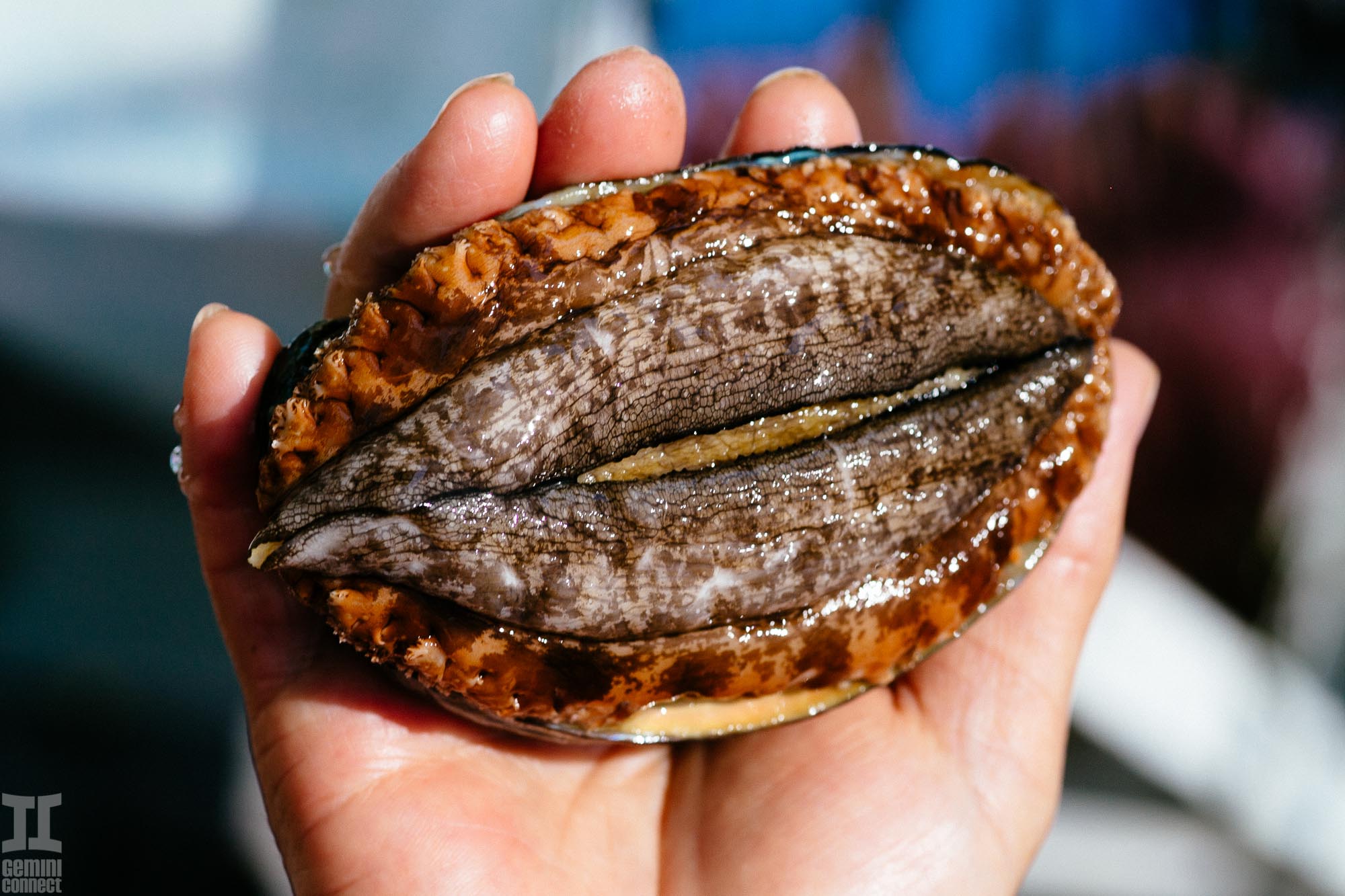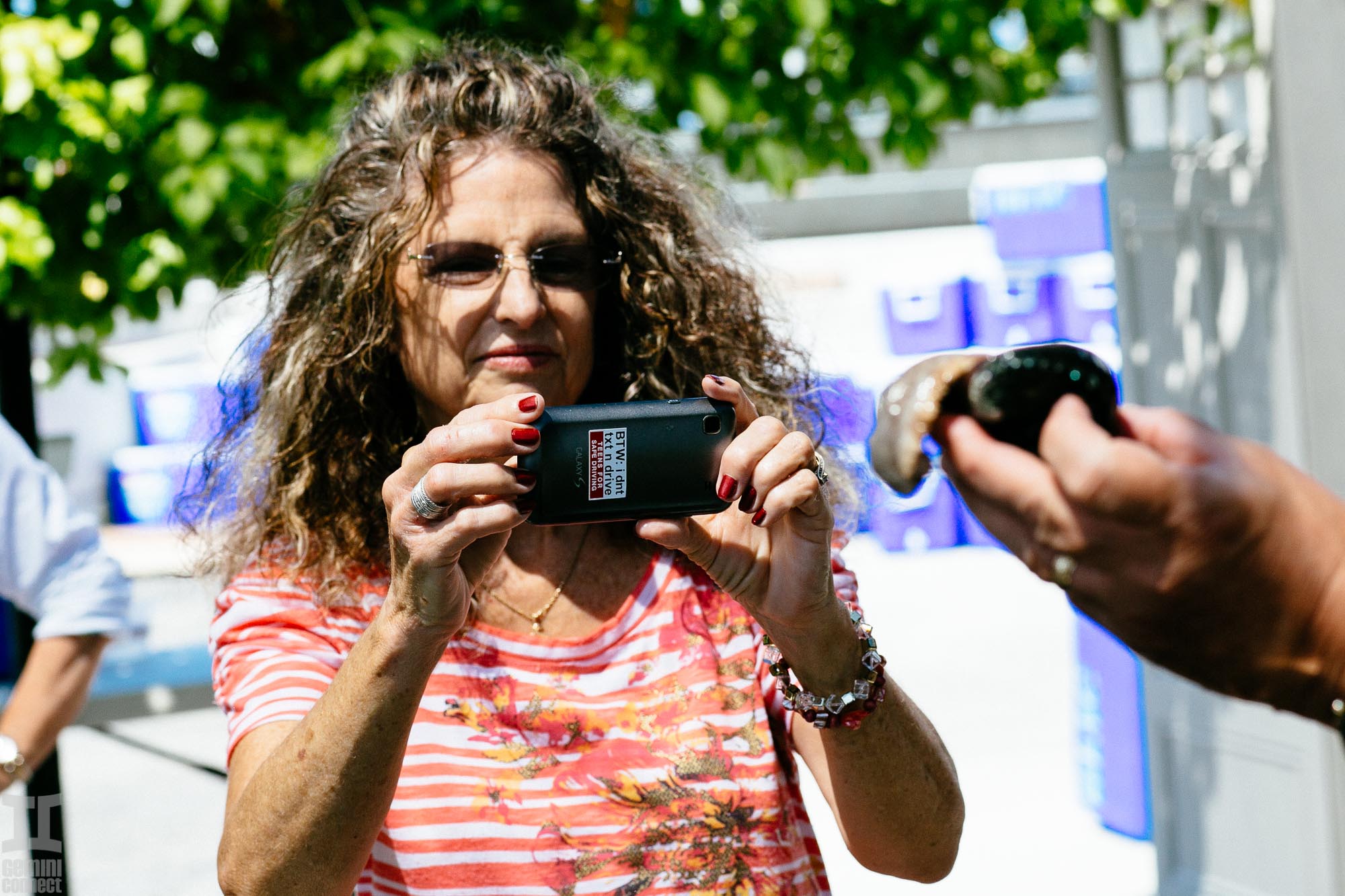Sustainability Profile: Abalone and Natural Energy
The state of Hawaii operates NELHA, an innovative science and technology park located in Kona. It consists of 87-acres of land and 3,200-acres of water. Parcels of the land are leased to national and international businesses that cultivate abalone, ocean fish, lobsters, shrimp, sea horses, algae, alternative energy sources, and bottled water. NELHA was the site of the first successful Ocean Thermal Energy Conversion (OTEC) plant in the world. This remarkable technique uses the difference between deep ocean water and warm surface water to create electrical power. One of the many uses of OTEC is to stimulate growing conditions for ocean plants and animals so that they may be cultivated on land.
NELHA By the Numbers
- 87 Acres of land encompassing NELHA.
- 40 Enterprises located on NELHA property.
- 3,000 Feet deep: how far deep ocean water is extracted from.
- 1974 The year when NELHA's HOST Park was created.
- 3,200 Acres of water on NELHA property.
Big Island Abalone Corporation
One of the businesses leasing 10-acres of land from NELHA is the Big Island Abalone Company. They produce over 100,000 pounds of abalone each year for consumption in Hawaii, on the mainland, and in Asia. The objective of the farm is to stimulate the positive elements of the natural ocean environment in which abalone can flourish by harnessing a constant flow of cool, pure, nutrient rich seawater pumped from 3,000 feet deep in the ocean. The farm also cultivates a blend of seaweed on site to serve as food for the abalone; the seaweed heavily influences the taste, color, texture, and appearance of the abalone.
The abalone business is thriving in Kona because science and technology are able to utilize a natural, clean and renewable resource: the Pacific Ocean.
Kona Hawaii Abalone
*This is a multi-part installment as part of the Hawaii Sustainable Agriculture Project. Learn more about the project and the 12 participants here.




